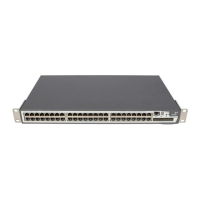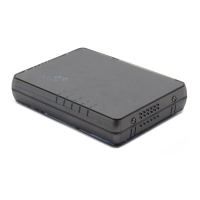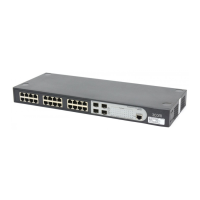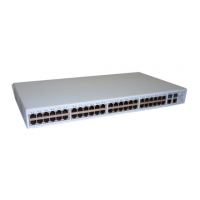1
3 IGMP Configuration
In this manual, the term “router” refers to a router in the generic sense or a Layer 3 Ethernet switch
running an IP multicast protocol.
When configuring IGMP, go to these sections for information you are interested in:
z IGMP Overview
z Configuring IGMP
z Displaying and Maintaining IGMP
IGMP Overview
As a TCP/IP protocol responsible for IP multicast group member management, the Internet Group
Management Protocol (IGMP) is used by IP hosts to establish and maintain their multicast group
memberships to immediately neighboring multicast routers.
IGMP Versions
So far, there are three IGMP versions:
z IGMPv1 (documented in RFC 1112)
z IGMPv2 (documented in RFC 2236)
z IGMPv3 (documented in RFC 3376)
All IGMP versions support the any-source multicast (ASM) model. In addition, IGMPv3 provides strong
support to the source-specific multicast (SSM) model.
Work Mechanism of IGMPv1
IGMPv1 manages multicast group memberships mainly based on the query and response mechanism.
Of multiple multicast routers on the same subnet, all the routers can hear IGMP membership report
messages (often referred to as reports) from hosts, but only one router is needed for sending IGMP
query messages (often referred to as queries). So, a querier election mechanism is required to
determine which router will act as the IGMP querier on the subnet.
In IGMPv1, the designated router (DR) elected by a multicast routing protocol (such as PIM) serves as
the IGMP querier.
For more information about a DR, refer to
DR election.

